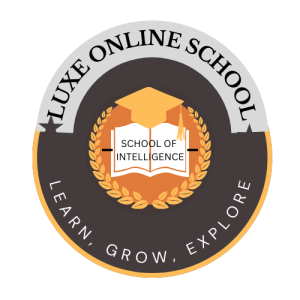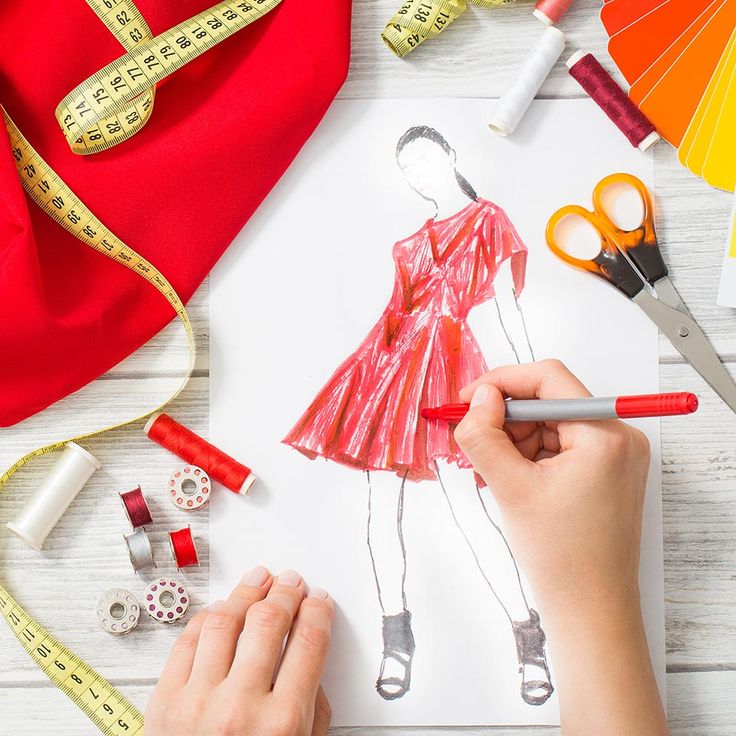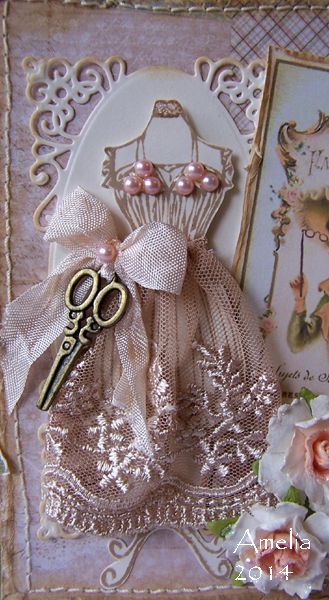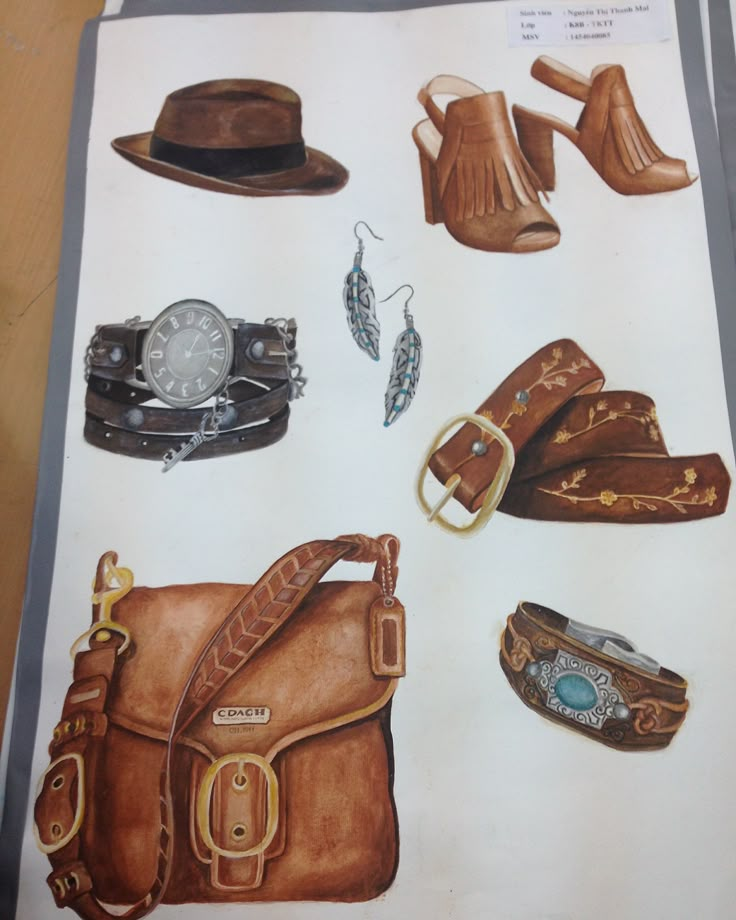
This course provides a comprehensive introduction to (or advanced study of) clothing construction, empowering students to design and create their own garments. Through hands-on projects and practical exercises, students will learn essential sewing skills, pattern manipulation, fabric selection, and finishing techniques. Whether you are a beginner looking to learn the basics or an experienced sewer seeking to refine your skills, this course offers a structured approach to mastering the art of garment construction
By th end of this course the students will be able to:
- Understand and utilize basic sewing tools and equipment safely and effectively.
- Master fundamental sewing techniques, including seam finishes, hems, and closures.
- Interpret and utilize commercial patterns.
- Draft basic pattern blocks and make simple pattern alterations.
- Select appropriate fabrics and notions for specific garment designs.
- Construct a variety of garments, demonstrating proficiency in learned techniques.
- Develop an understanding of garment fit and basic fitting adjustments.
- Apply principles of design and construction to create personal clothing projects.
- Cultivate problem-solving skills related to garment construction.
- Teacher: LOVINA HOUSTONE





